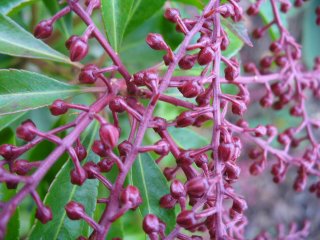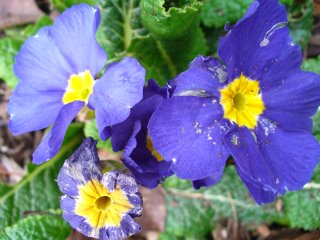An amazing sight!
We were driving through another township in Central NJ and my wife exclaimed, 'did you see that tree that's blooming?' We were stopped by the traffic light so I turned my head around and saw the tree which looked like a plum, covered with pink flowers. My wife who had a better look as we drove by said some of the buds looked red so I'm guessing this was a plum and the shape of the tree also seem to confirm this. Unfortunately we did not have a camera with us.
I have never seen this happen before in my life and I fear this does not bode well for us. The climate may be changing more rapidly than anyone expected.
The local TV weatherman was showing the satellite photo of the world and he was saying that nowhere in the northern hemisphere was there any cold air. Hudsons Bay was 10 degrees above normal and Russia was 8 degrees above normal. The only place where they were having normal temps was in China.
Well so much for Happy New Year.
Just being my paranoid self.



























